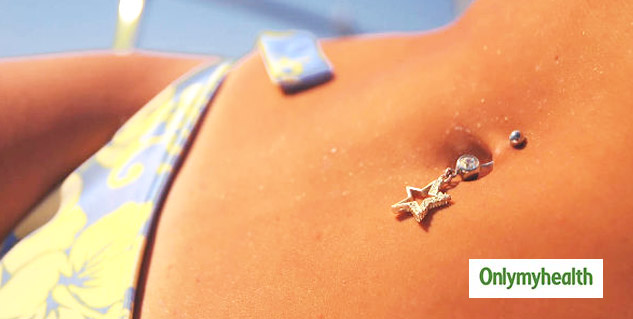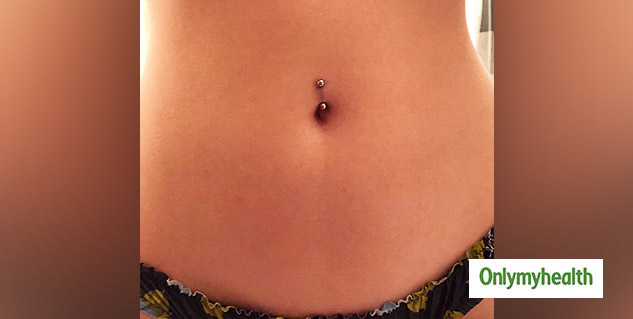Did You Know Piercing Your Belly Button Can Be Bad News Heres What You Should Know Before Getting One
Body piercings are nowadays used as a means of self-expression, and belly button piercings are among the most sought-after options for those who want to give their looks an edgy or fashionable boost. But before you go for it, you should know the possible health risks involved. Although a navel piercing is often considered a benign ornament, it might have consequences that are not only uncomfortable but also life-threatening.
In an exclusive interaction with the editorial team of Onlymyhealth, Dr Shrey Kumar Srivastav, Senior Consultant, Sharda Hospital - Noida, explained the hidden dangers of belly button piercing and shared tips to minimise the risk. Here is what you need to know.
A few risk factors involved in getting a belly button pierced include:
The belly button is a warm, damp region and thus a paradise for bacteria. Dr Srivastav highlighted that a poorly cared-for piercing may become infected quickly, causing redness, swelling, pus, and even fever. In the worst cases, untreated infections may progress to such conditions as abscesses or systemic infections necessitating medical treatment.

Contrary to the case of piercings done on the ear, belly button piercings heal much more slowly—usually ranging from six months to one year. This lengthy healing time predisposes the wound to irritation, rejection, or infection. Additionally, continued friction from wearing clothes or constant movement also impairs the rate of healing.
The body may identify piercings as a foreign body and try to expel them, thus resulting in rejection. Scarring and long-term damage to the skin near the belly button is common from this. A few individuals are also prone to migration, where the piercing moves from its initial position, resulting in pain and an unpleasant appearance.
Most belly button rings are constructed out of metals like nickel, which are known to produce allergic reactions in susceptible individuals. The symptoms include itching, redness, and blistering in the piercing area. To prevent this, it is advisable to choose hypoallergenic materials like titanium, surgical steel, or gold.

If you are planning to conceive in the future, you may encounter issues with your navel piercing. When your belly grows, the skin gets stretched, which can cause irritation, pain, or tearing. Most doctors recommend having the piercing removed to prevent unnecessary issues during pregnancy.
Also Read: Is It Safe To Eat Eggs Every Day If You Have Diabetes?
If you’re still set on getting a belly button piercing, here are some precautions to ensure a safer experience:
While belly button piercings are a fashionable and pleasing body alteration, they do involve risks that need not be disregarded. Familiarising yourself with these possible complications can help you make a well-informed choice before having one. Should you go through with it, proper hygiene and aftercare are crucial to minimising the risks and having a successful healing process. Your health should always be of utmost importance, so consider the advantages and disadvantages before jumping into it!












